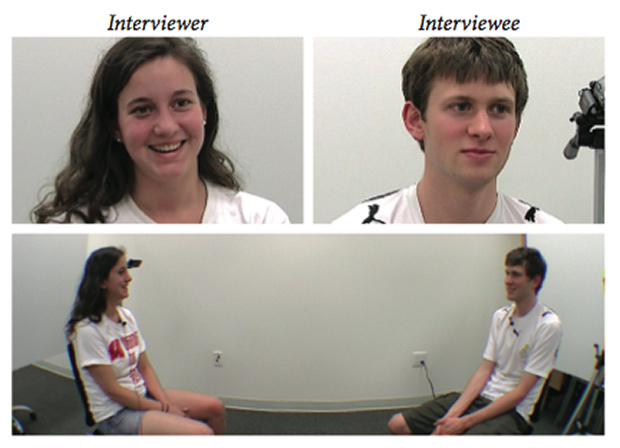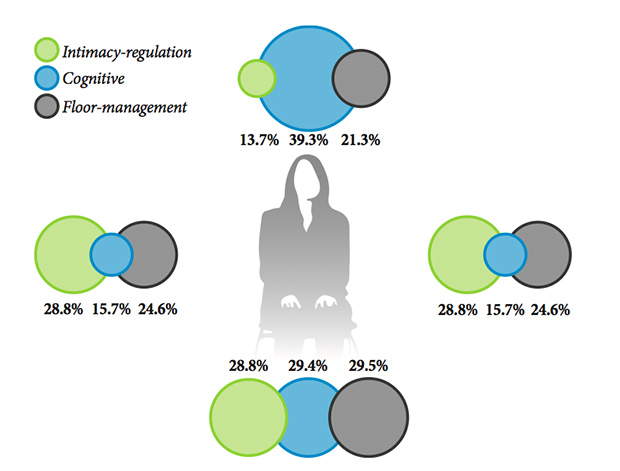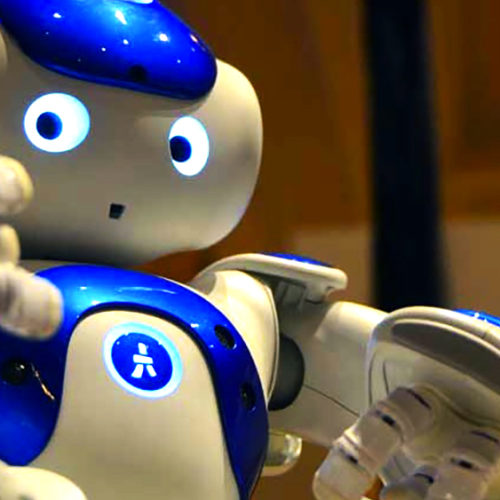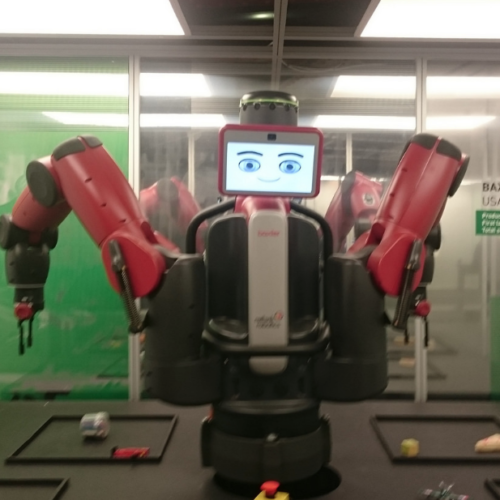What Robot Behavior Makes People Feel Uncomfortable?
A few years ago, I met one of the previous versions of the REEM robot. REEM was taller and broader than me, and its big, black eyes tracked me as I moved. When I shifted, its stare followed. It watched me with target-locked precision, like a laser into my soul.
I’ve been working with robots for over eight years now, and REEM was certainly beautifully designed. But something was bugging me about its behavior, and now researchers know what it is.
According to Sean Andrist from the University of Wisconsin Madison, robots need to look away sometimes. Eye contact provides a basis for human social communication (which is why we seek to implement it in robots), but there’s a sweet spot for the amount of time we spend gazing into each other’s eyes.
In a conversation, humans don’t look at each other 100 percent of the time, says Andrist. When listening, we look at the speaker around 70 percent of the time. On the other hand, speakers only look directly at the other person around 40 percent of the time when talking.
Psychology literature gives at least three reasons why we avert our gaze, noted Andrist at his talk at the 2014 ACM/IEEE Human-Robot Interaction Conference last month. First, we might look away to show that we’re thinking, usually by looking upwards. Secondly, humans display something called intimacy regulation—we look to the side to avoid the negative connotations that come with staring at someone. Finally, there’s floor management. We “hold the floor” by looking away during a pause in our speech. In other words, we look away when we want to keep talking but need to take a breath.
To study these behaviors in detail, Andrist took statistics of gaze aversions between pairs of conversing people:

Combined data from multiple interaction experiments is shown in the diagram below: each circle shows what a human is thinking when their gaze is directed there. For example, the blue “cognitive” circle above the head shows that when we look up, 39.3 percent of the time it’s because we’re thinking.

Andrist used these statistics to build an automatic gaze shifting program on a NAO robot. NAO used a Kinect to track the face of the humans it spoke with, and occasionally averted its gaze with the same probabilities as humans. For example, it regulated intimacy using small left-right head motions. Andrist used a Kalman Filter to blend together idle movements (random head motions) with gaze aversions, to produce a smooth, lifelike gaze.
Source: wwwspectrum.ieee.org
You might also like
This Robot Makes Doctor Visits Less Terrifying for Kids
Nobody (almost nobody) likes getting stabbed with needles, and kids seem to especially hate it. Getting vaccinated is an unpleasant process for everyone concerned, including the kids, their anxious parents,
Americas First Robot Farm
Farming, although admittedly a huge industry is a job it’s surprising we still have to manually do in a lot of areas. Obviously, farmers are not what they used to
Robots That Can Read Minds
It seems that robots that can read minds are already being developed by the Massachusetts Institute of Technology’s Computer Science and Artificial Intelligence Laboratory. A system has been devised where



